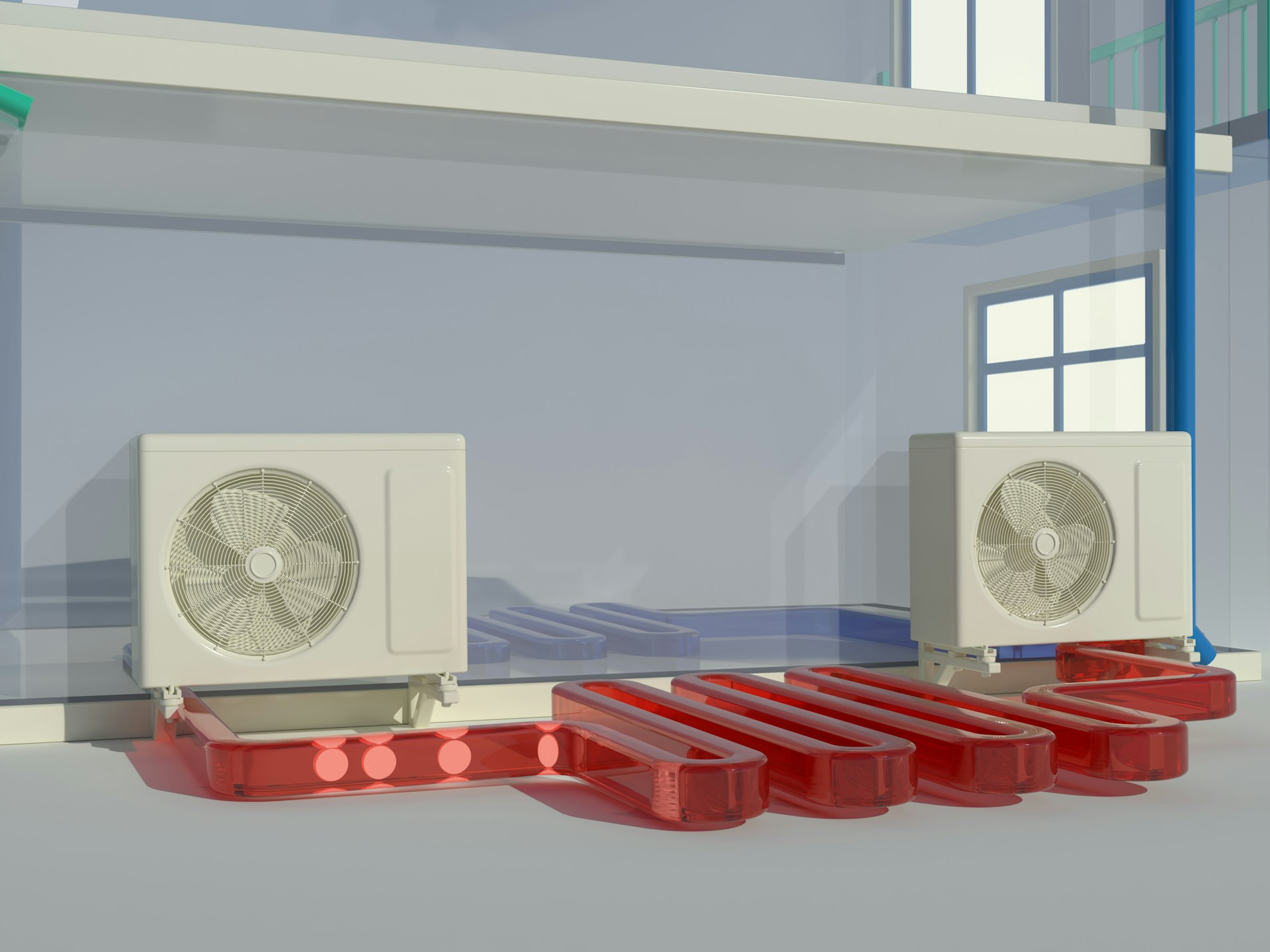In today’s world, where energy efficiency and cost-saving measures are increasingly important, innovative technologies are emerging to help us reduce our environmental footprint and lower our utility bills. One such innovation is the sensor designed to automatically turn off air conditioners. This technology offers a simple yet effective way to optimize energy consumption and save money in both residential and commercial settings.
How Sensor to Turn Off Air Conditioner Works
A sensor to turn off an air conditioner typically works by monitoring the room temperature and humidity levels. When these conditions reach a predetermined threshold, the sensor activates, signaling the air conditioning unit to shut off automatically. This mechanism ensures that the cooling system only operates when necessary, preventing unnecessary energy consumption.
Key features of such sensors often include:
- Adjustable temperature and humidity thresholds
- Compatibility with various types of air conditioning systems
- Integration with existing building management systems (BMS) for larger installations
Benefits of Using a Sensor to Turn Off Air Conditioners
Implementing a sensor to automatically turn off air conditioners can bring numerous advantages:
1. Energy Savings: By ensuring the air conditioner only runs when needed, these sensors can significantly reduce overall energy consumption.
2. Cost Reduction: Lower energy usage translates to lower utility bills, providing a tangible financial benefit.
3. Increased Comfort: The system can be programmed to maintain optimal comfort levels while minimizing unnecessary cooling.
4. Extended Equipment Life: Reducing operational time can help extend the lifespan of air conditioning units by reducing wear and tear.
Implementation Considerations
When implementing a sensor system to turn off air conditioners, several factors should be considered:
- The type of air conditioning system being used (e.g., window unit, central AC, split system)
- The specific climate and environmental conditions of the location
- Integration with existing building management systems
- User preferences and comfort requirements
It’s important to note that while these sensors offer significant benefits, they should be part of a comprehensive energy-saving strategy rather than a standalone solution.
The use of sensors to automatically turn off air conditioners represents an innovative approach to energy efficiency and cost savings. By leveraging technology to optimize HVAC operations, we can contribute to a more sustainable future while also benefiting from reduced utility costs. As energy-consciousness continues to grow, such solutions are likely to become increasingly prevalent in both residential and commercial settings.
Types of sensors used to turn off air conditioners for energy savings
Occupancy sensors are one of the most common types used for this purpose . They work by detecting the presence or absence of people in a room or area. Key characteristics include:
- Typically use infrared, ultrasonic, microwave, or other technologies
- Can be adjusted to detect occupancy or vacancy (empty space)
- Often integrated with lighting controls, but can be used for HVAC as well
Motion Sensors
Motion sensors are closely related to occupancy sensors and are frequently used for HVAC control . They detect movement within a defined area.
Smart Thermostat Sensors
Many modern systems use smart thermostats combined with occupancy sensors . These advanced systems can:
- Track the number and location of occupants
- Adjust temperature settings based on detected presence or absence
- Learn patterns of usage over time
Temperature/Humidity Sensors
While not specifically occupancy sensors, temperature and humidity sensors play a crucial role in determining when to turn off air conditioners:
- Monitor room conditions
- Trigger cooling shutdown when temperatures/humidity reach set thresholds
Key Considerations
When implementing these sensors:
- 1. Choose the right type based on your specific needs and space layout .
- 2. Consider wireless sensors for easier installation .
- 3. Look for systems with customizable settings and override options .
- 4. Ensure compatibility with your existing HVAC system .
By using these sensor technologies, homeowners and businesses can effectively manage their air conditioning usage, leading to energy savings and reduced costs.
Universal air conditioner remote control
A universal air conditioner remote control with a temperature lock feature is designed to help you maintain a consistent temperature in your space. Here are some key features and benefits:
Key Features temperature lock
- Temperature Lock: Allows you to set a minimum and maximum temperature range. The air conditioner will not go beyond these set limits, even if someone manually tries to change it.
- Energy Saving: Helps reduce energy consumption by preventing extreme temperature settings.
- Dual Programming Modes: Offers both manual and automatic programming options for ease of use.
- Display: Shows both the current room temperature and the desired temperature.
- Elegant Design: Often comes with a large, backlit display and may include a wall bracket for convenient placement.
- Timer Functions: Includes on/off timers and smart night timers for both summer and winter.
Benefits Universal air conditioner remote control
- Consistent Comfort: Ensures a steady and comfortable temperature, avoiding sudden changes.
- Cost Savings: Reduces energy bills by preventing unnecessary high or low temperature settings.
- User-Friendly: Easy to program and use, making it ideal for both home and hospitality settings.
These remote controls are particularly useful in environments like hotels, where maintaining a consistent temperature is crucial for guest comfort and energy efficiency.



